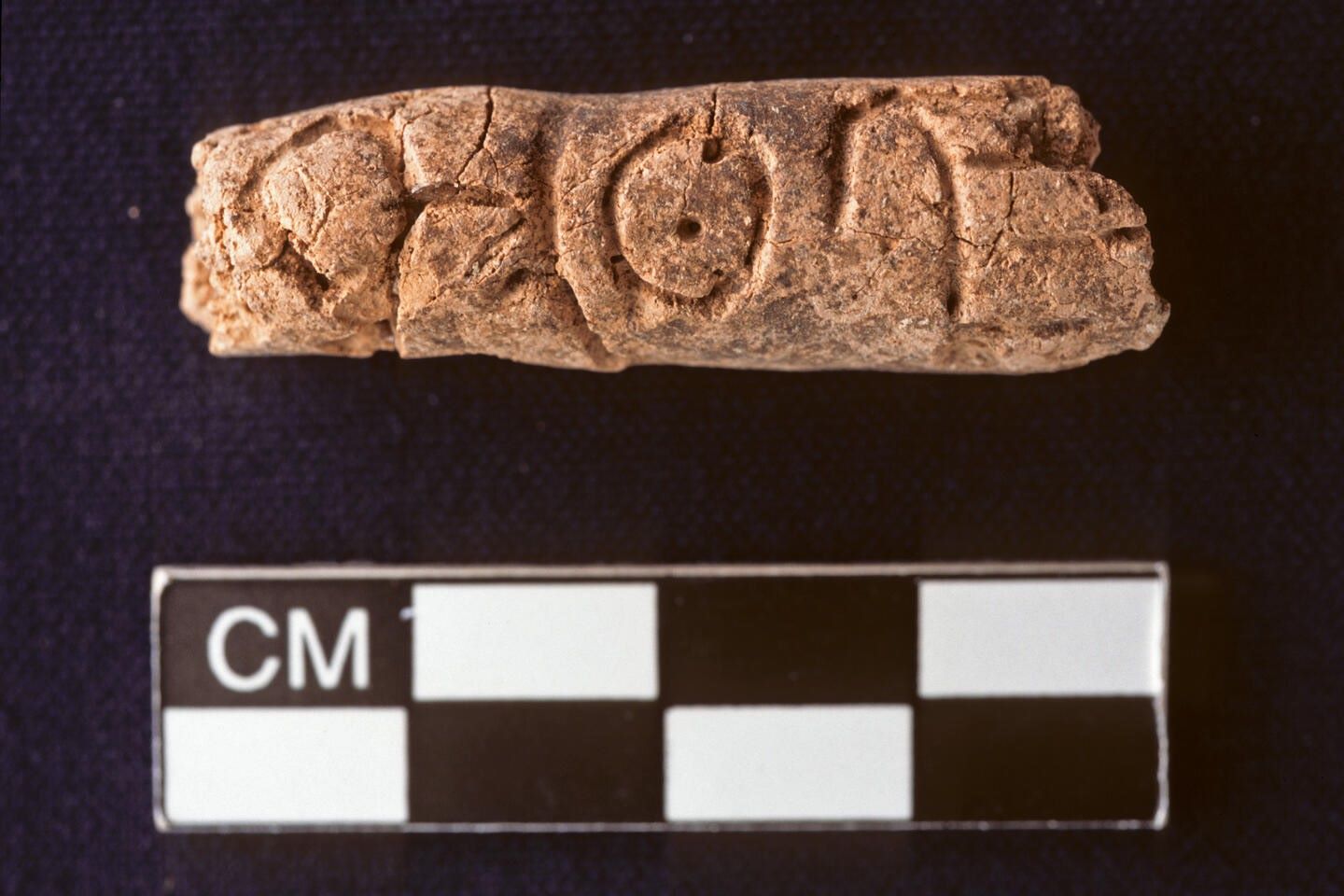
A team of Johns Hopkins University researchers has uncovered evidence of some of the oldest alphabetic writing in human history—it may be 500 years older than other discoveries. The evidence was discovered on finger-length clay cylinders excavated from a tomb in Syria.
The writing dates back to around 2400 BCE, which predates other known alphabetic scripts by approximately 500 years. This discovery challenges existing theories about the origins of alphabets, how they spread across different societies, and their role in early urban civilizations.
Alphabets revolutionized writing by making it accessible beyond royalty and the elite to a broader population. This shift transformed daily life, influencing how people lived, thought, and communicated by allowing more individuals to engage with written language.
This new study suggests that people were experimenting with new communication technologies much earlier and in a different location than we had imagined.
Archaeologist uncovers ancient Maya king’s tomb
Near Eastern archaeologist, Glenn Schwartz, a professor of archaeology at Johns Hopkins University who discovered the clay cylinders, co-directed a 16-year excavation at Tell Umm-el Marra, one of the first medium-sized urban centers in western Syria.
They uncovered tombs from the Early Bronze Age at the site, including a well-preserved tomb containing six skeletons, gold and silver jewelry, cookware, a spearhead, and intact pottery vessels. Among the pottery, the team discovered four lightly baked clay cylinders, which appear to feature early examples of alphabetic writing.
Schwartz said, “The cylinders were perforated, so I imagine a string tethering them to another object to act as a label. Maybe they detail the contents of a vessel, where the vessel came from, or who it belonged to. Without a means to translate the writing, we can only speculate.”
Using carbon-14 dating, researchers confirmed the ages of the tombs, artifacts, and writing. Previously, scholars believed the alphabet was invented in or around Egypt after 1900 BCE. However, the artifacts from this excavation are older and from a different region, suggesting that the origin of the alphabet may be completely different than previously thought.
The datils of this discovery have been shared at the American Society of Overseas Research’s Annual Meeting.










